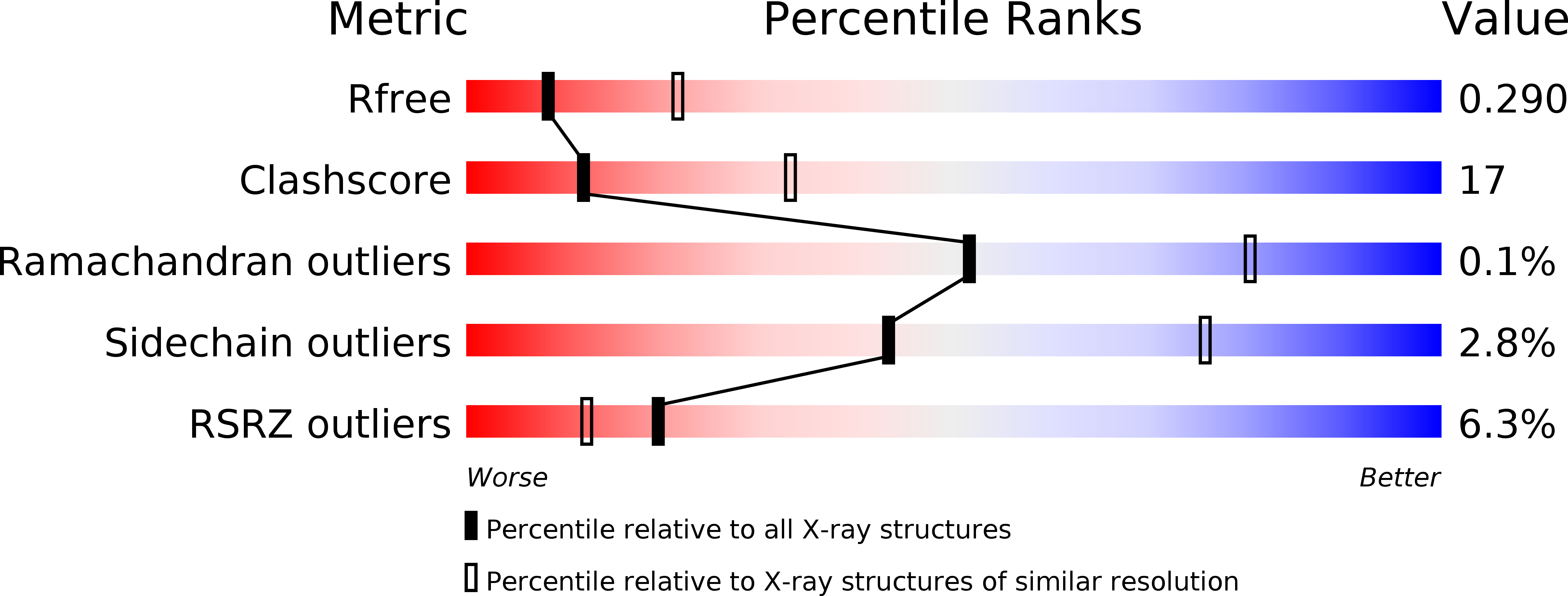
Deposition Date
2018-05-17
Release Date
2018-09-05
Last Version Date
2023-10-11
Entry Detail
PDB ID:
6DGD
Keywords:
Title:
PriA helicase bound to dsDNA of a DNA replication fork
Biological Source:
Source Organism:
Klebsiella pneumoniae (Taxon ID: 573)
synthetic construct (Taxon ID: 32630)
synthetic construct (Taxon ID: 32630)
Host Organism:
Method Details:
Experimental Method:
Resolution:
2.82 Å
R-Value Free:
0.28
R-Value Work:
0.24
Space Group:
P 21 21 21


